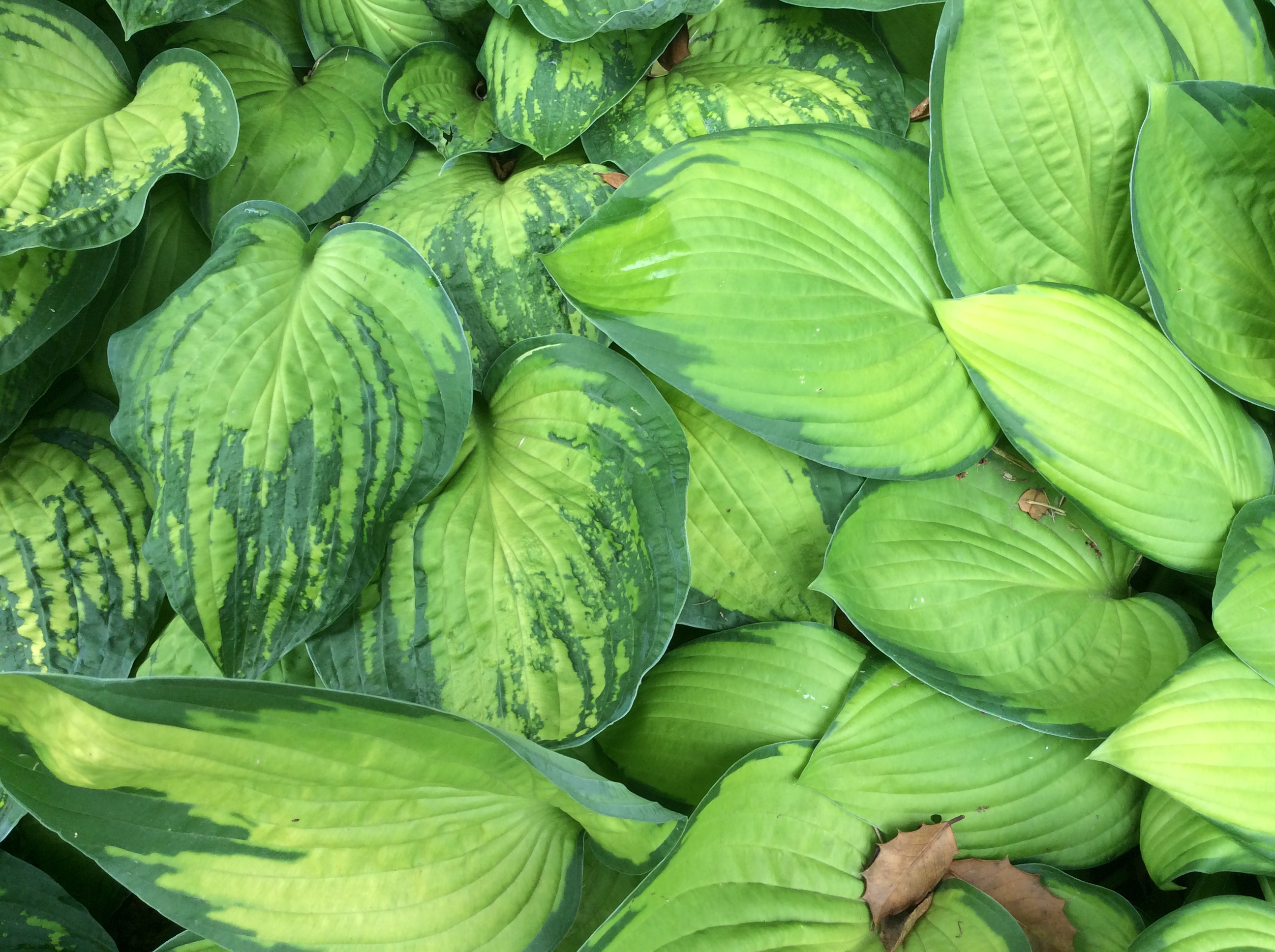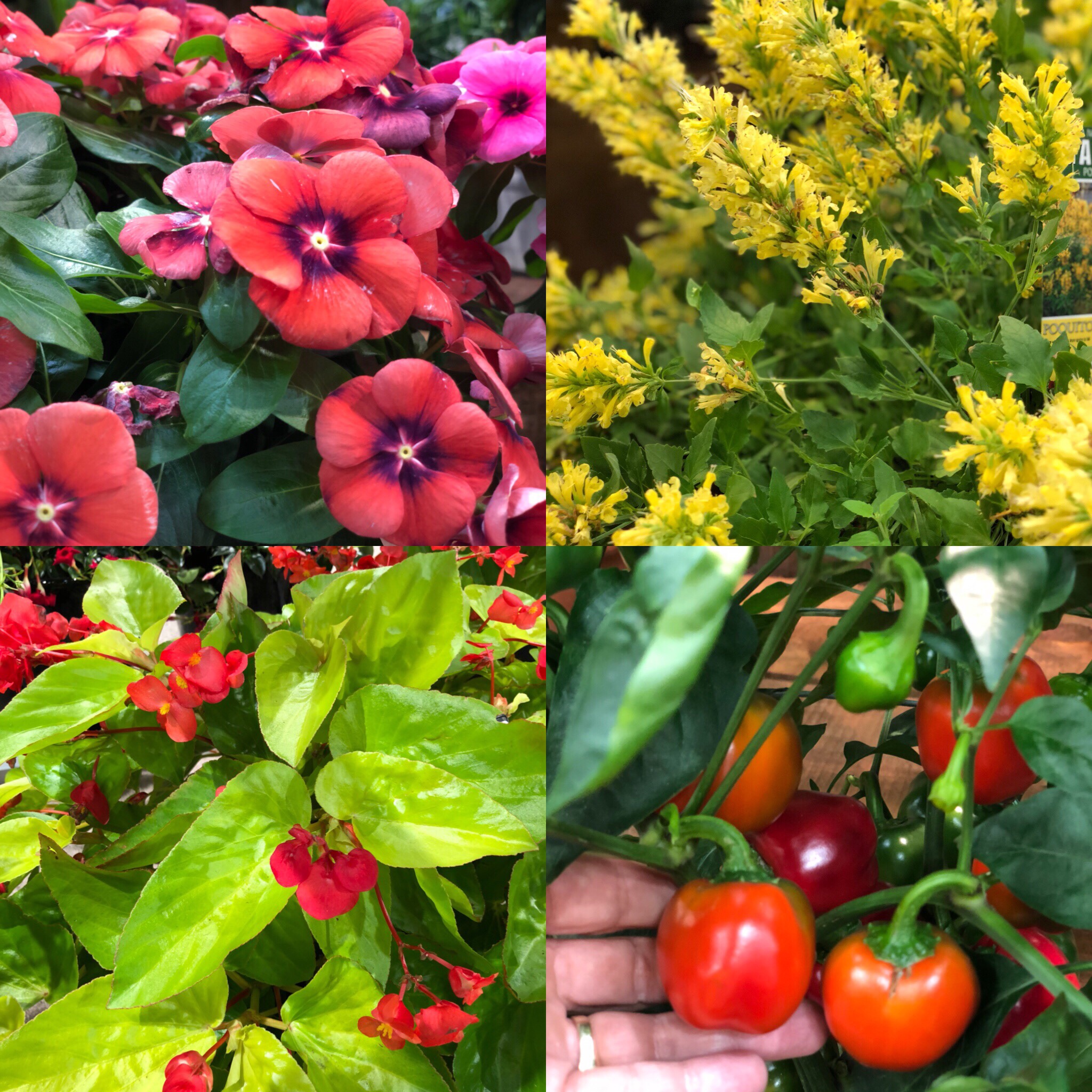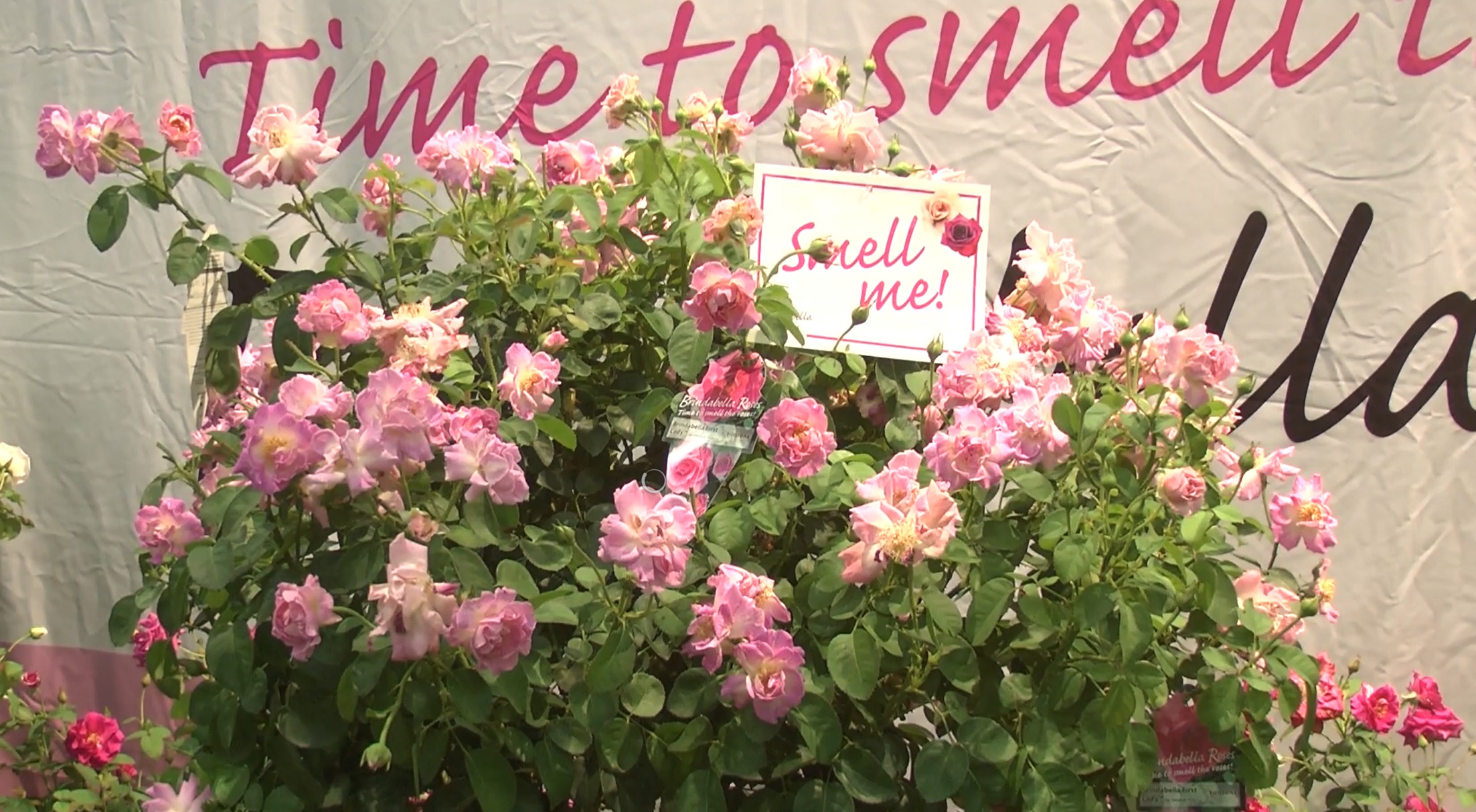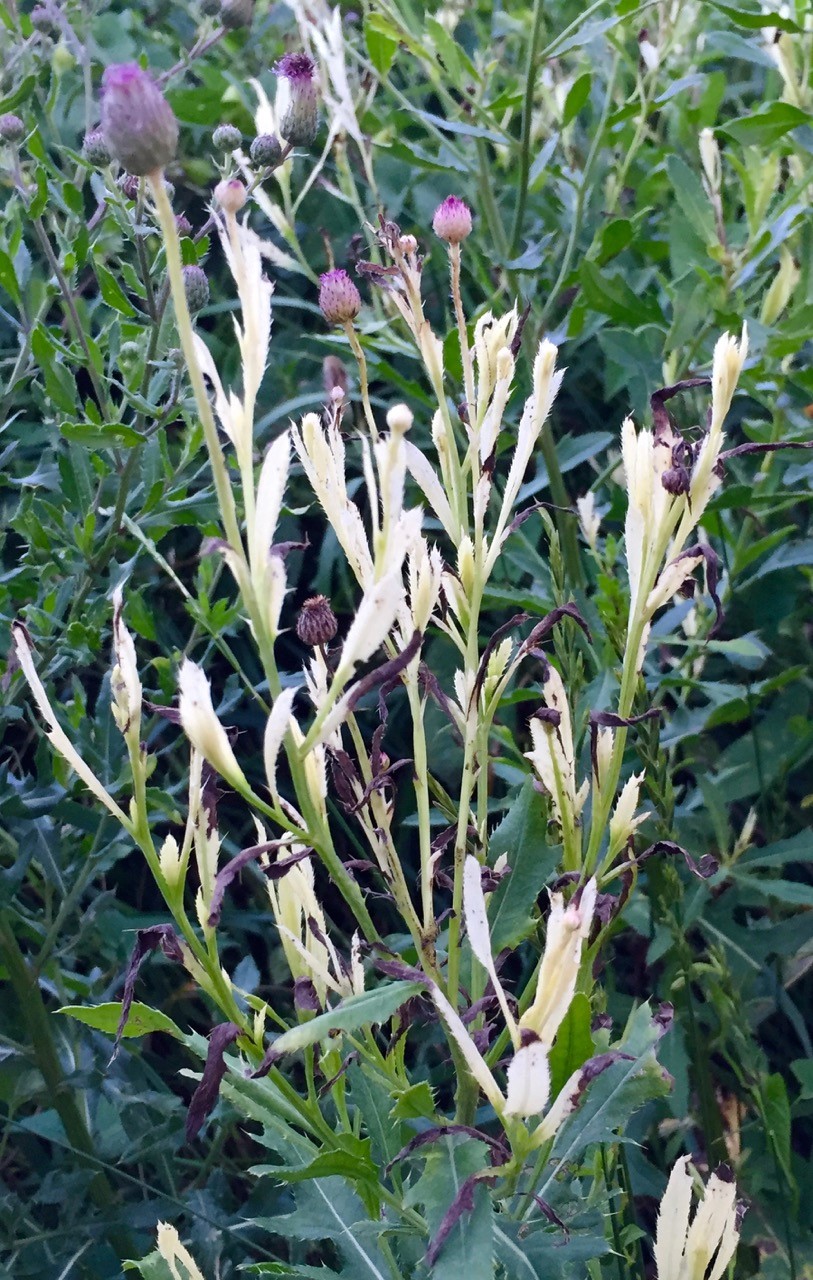Late-Season Garden Maintenance
 Check out Debra’s last podcast on Late-Season Garden Maintenance Tips
Check out Debra’s last podcast on Late-Season Garden Maintenance Tips
https://anchor.fm/teresa40/embed/episodes/Late-Season-Garden-Maintenance-e20857
 Check out Debra’s last podcast on Late-Season Garden Maintenance Tips
Check out Debra’s last podcast on Late-Season Garden Maintenance Tips
https://anchor.fm/teresa40/embed/episodes/Late-Season-Garden-Maintenance-e20857
 By Teresa Woodard
By Teresa Woodard
Last week, the green industry met in Columbus, Ohio for Cultivate 2018 – a massive trade show in which 10,000 attendees and 700 exhibitors from 18 countries converged for a four-day event! Here, bulb companies from the Netherlands, seed companies from Japan and plant breeders, marketers and growers across the United States showcased their new plants and products.[youtube https://www.youtube.com/watch?v=khH9NejeGvY&w=560&h=315]
Across the tradeshow floor, it was evident excitement is building in the horticulture industry as more and more people value the power of plants in our backyards, workplaces, health care institutions, schools, universities and downtown communities.
 According to National Institute of Consumer Horticulture, the industry contributes $196 billion to the U.S. economy and creates more than 2 million jobs. The industry is fueling consumers’ hunger for more plants with many new varieties. Here’s a sneak peak at 10 up-and-comers:
According to National Institute of Consumer Horticulture, the industry contributes $196 billion to the U.S. economy and creates more than 2 million jobs. The industry is fueling consumers’ hunger for more plants with many new varieties. Here’s a sneak peak at 10 up-and-comers:

 By Michael Leach
By Michael Leach
Magic lanterns hover then zig-zag over the lawn. Giggles and whispers and cricket serenades fill the night air. The yellow flashes of pinpoint lights inside the lanterns are too dim to illumine the smiles and looks of wonder.
Flashes of light are everywhere. Miniature hands reach out, gently enclose a blinking star that flew down from the sky so far above.
The star hunters are barefoot and step lightly in the cool, grass. Baths await, but for now the tiny green soles rejoice in the sensation of walking on silk, watered by the dew of heaven. They don’t know it, but bare feet on dewy, soft grass will bring them back here in an instant, back to collecting flying stars on a warm, velvet night.
Old mayonnaise jars, with a layer of clover, grass and leaves on the bottom, are sealed with lids. A dozen air holes were punched into the lids with a nail before the hunt began. This gives the little stars breath and food for the night. They will be released come morning. Perhaps the little hands will catch some of the same stars again.
The children don’t want to believe the lights are insects. They can’t picture lightening bugs emerging from the lawn, the flowers in the tidy, colorful borders, or the hay field beyond the fence. They will believe this in only a year or so. For now, these are winged stars making an ever-changing constellation called Summer Memory.
Near the rented vacation farm house runs a little creek; its cold water, so welcome after playing in the hot sun, then wading knee deep. Toes squishing in the muddy area of the bank.
There’s squealing, splashing, squealing. Delight fills the languid, humid air.
A rope swing dangles temptingly from the fat, black tree branch overhanging the wide part of the creek. The water here is deep enough for a comfortable landing when dropping from the swing, but not too deep. Besides the children are good swimmers, and the adults are as close and cautious as a cardinal’s parents when it’s just out of the nest.
Squeal!
Splash!
Memories will return at the sight of a massive tree limb overhanging a slow-poke creek. The best summer memories last a lifetime. They return now and then, even in winter. Magic lanterns never lose their glow.
The Back Story — I wrote this as an assignment for the Grove City (OH) Writers Group: “Describe the best summer of your childhood.” Almost the same day the assignment came, I heard an account from my sister of the “adventures” my great-nieces and great-nephew, ages 7, 5 and 3, savored at rented farm house near Asheville, NC. Hearing about hunting lightening bugs and playing in a creek brought back memories of similar summer escapades. Perhaps you, too, have summer memories to share with us.
 By Michael Leach
By Michael Leach
Weeds are villains in the garden story. They combine the reproductive prowess of a locust plague, kill resistance of a mad-slasher and relentlessness of sci-fi storm troopers.
“Resistance is futile,” they are telling me. Looking in horror at the Amazon jungle growth threatening to take over the house, I’m inclined to agree.
But not just yet. Besides the inevitable late-summer slow down in growth, there’s news that offers a degree of moral support in the meantime.
Weeds get sick. Take Canada thistle — puh-leeze (but wear heavy gloves when handling). Some are victims of a bacteria that makes them look bleached and so reduces their food making ability. According to The Ohio State University Extension, the bacteria, Pseudomonas syringae pv. tagetis, “cuts down on their seed head production and occasionally kills the plant. Laboratory-made extracts applied to thistles reduces seed production … by 87 percent. But this isn’t enough to overcome seeding by surviving plants.” No silver bullet.
Bugs eat weeds. The mis-named tree of heaven, Ailanthus altissima, is the primary host of ailanthus webworms. These little darlings can defoliate one of those odious and highly invasive trees. But so far, they are failing to stop the pest’s spread.
Another insect, a Southeast Asian import, also relies on tree of heaven as its main food source. But the spotted lantern fly, Lycoma delicatula, also dines on 70 other plants. Woodies are preferred but grapes, soy beans and other food crops are on its menu.
It was discovered in eastern Pennsylvania in 2014 and is being monitored.
 Good weeds face problems. Common milkweed, which can be weedy due to its underground assault, force roots and wins our hearts. It’s a food source for Monarch butterfly larvae. It’s garden-worthy flowers have an enticing fragrance and attract a wide range of pollinators, not just Monarchs.
Good weeds face problems. Common milkweed, which can be weedy due to its underground assault, force roots and wins our hearts. It’s a food source for Monarch butterfly larvae. It’s garden-worthy flowers have an enticing fragrance and attract a wide range of pollinators, not just Monarchs.
Turns out it, too, has enemies, such as milkweed yellows, spread by leaf hoppers. The bugs suck juices from infected plants and spread them to healthy ones. Leaves curl and turn somewhat yellow, according to the Nature Scoop newsletter from Franklin Soil and Water Conservation District here in central Ohio.
Obviously spraying to kill hoppers is problematic.
The best management approach is removing infected plants to help stop the spread. That’s what I do with victims suffering aster yellows and garden phlox that dares to mildew. Out to the curb in a brown bag.
The newsletter also carried encouraging news: Monarch Watch predicts the eastern Monarch population will increase this year due to favorable weather conditions. According to the Ohio Department of Natural Resources, Monarchs migrating up the Atlantic coast appear to be from Florida not Mexico.
The Heartland Gardening bloggers are heading to the Grove City Wine and Arts Festival, this Friday and Saturday. Look for us at the Writer’s Table where we will be answering garden questions and selling/signing our book “Heartland Gardening: Celebrating the Seasons.”
The festival, now in its seventh year, draws 30,000 wine and art enthusiasts from all over Ohio and beyond. Sample wines from 20 wineries including Grove City’s own Plum Run Winery. Admission is free; and wine sampling tickets are 3 for $5 or 8 for $20, including a sampling glass.
To learn more, visit the Grove City Town Center website.